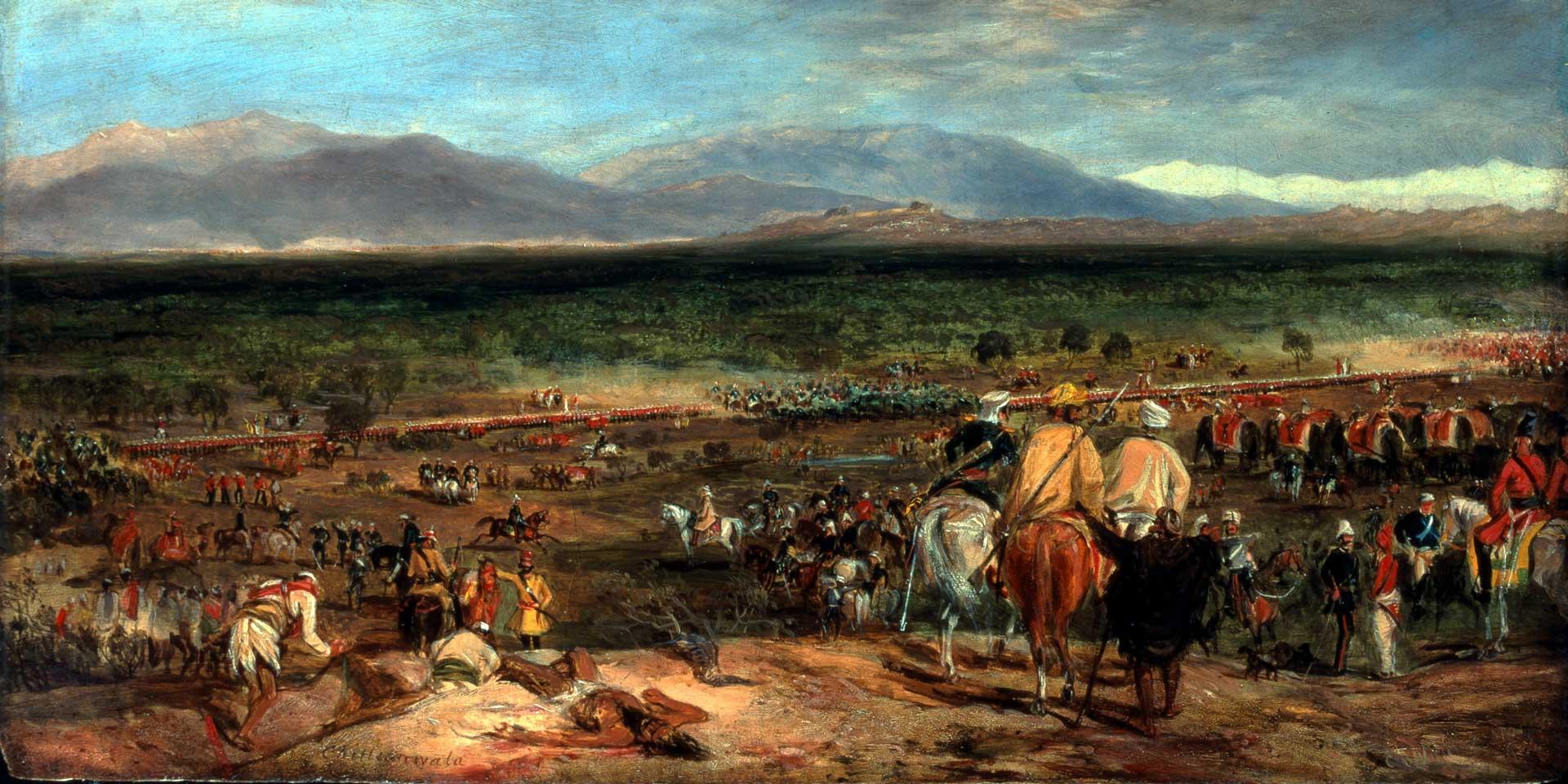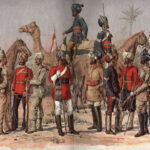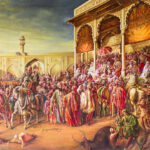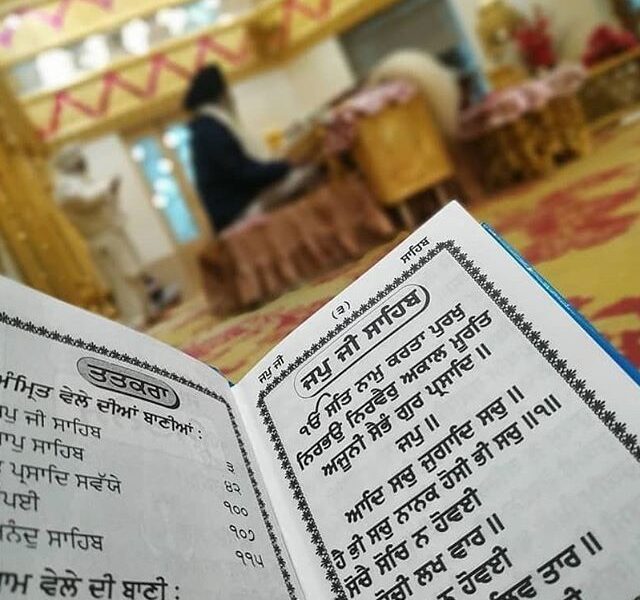The Mughal era in Punjab, spanning from the 16th to the 18th century, left an enduring cultural and architectural legacy that continues to shape the region’s identity. Under Mughal rule, Punjab witnessed a fusion of Persian, Islamic, and indigenous Indian influences, resulting in the development of a unique and rich cultural tapestry. The architectural marvels erected during this period stand as a testament to the grandeur and sophistication of Mughal craftsmanship. Let us delve into the cultural and architectural legacy of Mughal rule in Punjab.
One of the most iconic architectural contributions of the Mughals in Punjab is the Lahore Fort. Originally built by Sultan Mahmud of Ghazni in the 11th century, the fort was extensively expanded and beautified by the Mughal emperors. The architectural style of the fort showcases a blend of Persian, Islamic, and Hindu elements. The Sheesh Mahal, a stunning palace within the fort, is adorned with intricate mirrorwork, delicate frescoes, and elaborate motifs. It exemplifies the refined craftsmanship of the Mughals and their love for intricate detailing. The fort also houses the iconic Alamgiri Gate, which was built during the reign of Emperor Aurangzeb. The Lahore Fort stands as a testament to the Mughal’s architectural brilliance and is a symbol of Punjab’s rich heritage.
Another architectural masterpiece in Punjab is the Badshahi Mosque, located adjacent to the Lahore Fort. Built by Emperor Aurangzeb, it is one of the largest mosques in the world. The mosque’s design showcases the grandeur and symmetry that characterizes Mughal architecture. Its massive courtyard can accommodate thousands of worshippers, and the central prayer hall is adorned with exquisite marble inlay work and intricate calligraphy. The Badshahi Mosque is not only a place of worship but also a cultural landmark that reflects the Mughal’s religious tolerance and their commitment to architectural excellence.
In addition to Lahore, the Mughals left their architectural imprint on other cities in Punjab. In Amritsar, the city of the Golden Temple, the Mughal-style Ram Bagh Garden was built by Emperor Jahangir. The garden, known for its symmetrical layout and meticulously manicured lawns, is a serene oasis in the bustling city. It provides a glimpse into the Mughals’ love for nature and their penchant for creating tranquil spaces.
The city of Patiala also boasts a magnificent architectural legacy from the Mughal era. The Qila Mubarak, a sprawling fort complex, was built by Maharaja Ala Singh, the founder of the Patiala dynasty. Inspired by Mughal architecture, the fort features intricately carved balconies, ornate arches, and exquisite frescoes. It served as the seat of power for the Patiala rulers and remains an important cultural and historical site today.
Beyond architecture, the Mughals’ cultural influence on Punjab during their rule was profound. The Mughals brought with them a rich Persian literary and artistic tradition, which flourished in the region. Persian became the court language, and Persian poetry and literature found patronage among the nobility. The renowned poet Mirza Ghalib, whose verses are cherished to this day, hailed from Punjab and exemplified the literary legacy of the Mughal era.
Moreover, Mughal rule in Punjab witnessed the flourishing of music, dance, and the performing arts. The Mughal emperors were patrons of music and the arts, and their courts thrived with musicians, dancers, and poets. This cultural environment fostered the development of distinct musical traditions, such as the Punjab gharana, which blended Persian and Indian musical elements.
The Mughal era in Punjab left an indelible mark on the region’s cultural and architectural landscape. The fusion of Persian, Islamic, and Indian influences resulted in the creation of awe-inspiring architectural wonders. The cultural vibrancy nurtured during this period continues to resonate in Punjab’s music, poetry, and traditions. By examining the cultural and architectural legacy of Mughal rule, we gain a deeper appreciation for the rich heritage that Punjab inherits from this remarkable era.
Cusped (multifoil) arches, which first appeared in the architecture of Delhi and Gujarat, as well as the do-chala roof, a feature originating in Bengali architecture that was adopted in the architecture of the Bengal Sultanate, are examples of earlier Indo-Islamic architectural features that persisted in Mughal architecture.
The iwan (a vaulted room open to one side), the use of domes, the pointed four-centered arch, the use of ornate tilework, and the chahar bagh style of garden, along with several other motifs and construction layouts, were characteristics of Persian or Central Asian (Timurid) influence. Some domes were built using Persian-style squinches, while others were supported by flat beams placed over the corners of the room.
Trabeate buildings, corbel arches instead of arches with voussoirs, and the design of ornately carved pillars are examples of Mughal architectural features that show Hindu influences. Other features that were adapted from regional Hindu architecture and were highly popular in Mughal design are jharokhas (projecting balconies), chhatris (domed kiosks), and chhajjas (wide stone eaves). While some components, such as projecting balconies, had precedents in other Islamic architecture, their particular Mughal forms were indigenous in origin.








